By Charles Lear
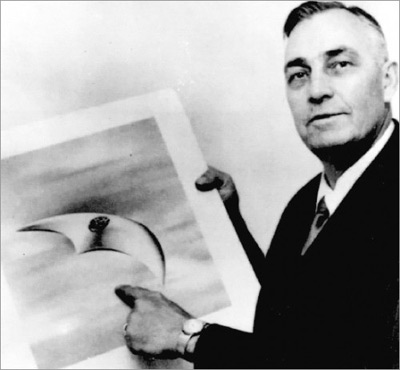 From the days of the earliest citizen UFO investigators, metals associated with UFO reports have been held up as evidence for extraterrestrial visitation. Labs have been employed in testing and claims have been made that the results support a non-earthly origin for the material in question. While some of these claims have been dismissed, others continue to be debated.
From the days of the earliest citizen UFO investigators, metals associated with UFO reports have been held up as evidence for extraterrestrial visitation. Labs have been employed in testing and claims have been made that the results support a non-earthly origin for the material in question. While some of these claims have been dismissed, others continue to be debated.
The first modern UFO era citizen investigator was Kenneth Arnold, who was also the first modern era UFO witness. Arnold had seen a fleet of UFOs while flying near Mt. Rainier on June 24, 1947. Arnold was offered an assignment by publisher, Ray Palmer, who was looking for a good story for the premier issue of his new venture, Fate magazine. Palmer had received a letter describing a sighting near Maury Island, off the coast of Tacoma, Washington. Six donut-shaped craft were reported, one of which seemed to be having difficulties. It discharged hot material that allegedly injured the witness’s son and killed his dog. Palmer asked Arnold to look into the story, and Arnold asked for $200. Palmer wired him the money and Arnold became the world’s first privately funded UFO investigator. Read more
 In our last
In our last 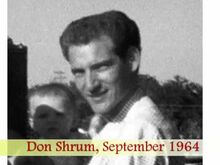 According to the report, Donald Shrum, 28, was bow hunting with two friends in the Loch Leven Lakes region, southeast of Cisco Grove, on Friday night, Sept. 4, 1964. He became separated from his friends, and as it became dark, he decided it would be safer to remain where he was than to risk making his way back to camp in the darkness over rough terrain.
According to the report, Donald Shrum, 28, was bow hunting with two friends in the Loch Leven Lakes region, southeast of Cisco Grove, on Friday night, Sept. 4, 1964. He became separated from his friends, and as it became dark, he decided it would be safer to remain where he was than to risk making his way back to camp in the darkness over rough terrain. One of the most sensational abduction cases of the 1970s, the Pascagoula Incident remains unsolved to this day. On October 11, 1973 two co-workers out fishing claimed to have been taken by three strange looking aliens into their spaceship, examined and released. The two men attempted to report their encounter to a nearby military base who referred them to the local sheriff. Thinking that the two men could be caught in a lie that would expose a hoax the sheriff left the men together in a room with a hidden microphone after his initial interviews. Much to the surprise of law enforcement, the men did not reveal a hoax but instead had a conversation that just reinforced their claims. The story spread from local media to international wire services and was investigated by Dr. J. Allen Hynek and others. Detractors note that nearby security cameras should have seen the craft the men described but other witnesses have reported seeing the craft on the same night.
One of the most sensational abduction cases of the 1970s, the Pascagoula Incident remains unsolved to this day. On October 11, 1973 two co-workers out fishing claimed to have been taken by three strange looking aliens into their spaceship, examined and released. The two men attempted to report their encounter to a nearby military base who referred them to the local sheriff. Thinking that the two men could be caught in a lie that would expose a hoax the sheriff left the men together in a room with a hidden microphone after his initial interviews. Much to the surprise of law enforcement, the men did not reveal a hoax but instead had a conversation that just reinforced their claims. The story spread from local media to international wire services and was investigated by Dr. J. Allen Hynek and others. Detractors note that nearby security cameras should have seen the craft the men described but other witnesses have reported seeing the craft on the same night. In last week’s
In last week’s 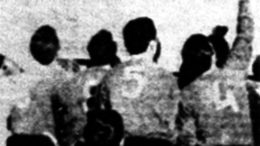 Back in the days before aliens took on the form of the standardized “Grey” model, they came in all shapes and sizes. UFOlogists called them “humanoids,” and there was a wave of them in France in 1954. In 1955 they started popping up in the United States and worldwide. Many UFOlogists, who were trying to convince the scientific community that the mystery was worth studying, tended to reject humanoid reports. Some, such as Coral and Jim Lorenzen of the Aerial Phenomena Research Organization, kept an open mind as long as the humanoids didn’t talk. If a witness reported they had had a conversation and were taken to another planet, that case was tossed into the
Back in the days before aliens took on the form of the standardized “Grey” model, they came in all shapes and sizes. UFOlogists called them “humanoids,” and there was a wave of them in France in 1954. In 1955 they started popping up in the United States and worldwide. Many UFOlogists, who were trying to convince the scientific community that the mystery was worth studying, tended to reject humanoid reports. Some, such as Coral and Jim Lorenzen of the Aerial Phenomena Research Organization, kept an open mind as long as the humanoids didn’t talk. If a witness reported they had had a conversation and were taken to another planet, that case was tossed into the 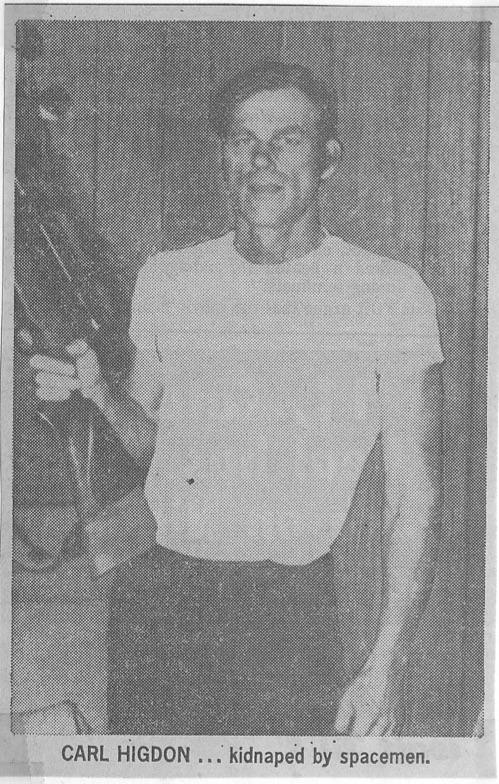 On Oct. 25, 1974, Rawlins, Wyoming resident Carl Higdon decided to take the day off from his job as foreman for an oil drilling crew. One of his “key men” was sick with the flu and he didn’t think anything would be accomplished that day. It was the peak of elk hunting season, and he had just bought a 7mm Remington Magnum rifle, so he probably didn’t have to think for too long about how he would be spending the day. He loaded up his company’s two-wheel drive pickup truck and headed for McCarty Canyon in Carbon County.
On Oct. 25, 1974, Rawlins, Wyoming resident Carl Higdon decided to take the day off from his job as foreman for an oil drilling crew. One of his “key men” was sick with the flu and he didn’t think anything would be accomplished that day. It was the peak of elk hunting season, and he had just bought a 7mm Remington Magnum rifle, so he probably didn’t have to think for too long about how he would be spending the day. He loaded up his company’s two-wheel drive pickup truck and headed for McCarty Canyon in Carbon County. In 1966, there was a UFO case that involved a chase and sightings by multiple police witnesses. In addition to their testimonies, there was a reported radar confirmation and a possible pilot witness. Faced with all this evidence, the initial Air Force investigation consisted of two phone calls to a single witness. Based on interviews lasting a total of around four minutes, the conclusion was that the officers had seen a satellite and chased the planet Venus. The case was re-evaluated after a more thorough investigation, thanks to the efforts of an outraged congressman, and the conclusion was . . . that the officers had seen a satellite and chased the planet Venus.
In 1966, there was a UFO case that involved a chase and sightings by multiple police witnesses. In addition to their testimonies, there was a reported radar confirmation and a possible pilot witness. Faced with all this evidence, the initial Air Force investigation consisted of two phone calls to a single witness. Based on interviews lasting a total of around four minutes, the conclusion was that the officers had seen a satellite and chased the planet Venus. The case was re-evaluated after a more thorough investigation, thanks to the efforts of an outraged congressman, and the conclusion was . . . that the officers had seen a satellite and chased the planet Venus. At around 5:00 a.m., they saw an abandoned vehicle on Route 224 near Ravenna, and got out of their car to investigate. According to Spaur, he was in the habit of looking behind him to make sure no one was sneaking up on him. He turned around and saw a light over the trees of a nearby hill. He alerted Neff, and as they watched, it moved over the police car and hovered. They could now see it was an object 35 to 40 feet wide, with a bright, white glow that lit up the area around the car. It hummed “like a loaded transformer.”
At around 5:00 a.m., they saw an abandoned vehicle on Route 224 near Ravenna, and got out of their car to investigate. According to Spaur, he was in the habit of looking behind him to make sure no one was sneaking up on him. He turned around and saw a light over the trees of a nearby hill. He alerted Neff, and as they watched, it moved over the police car and hovered. They could now see it was an object 35 to 40 feet wide, with a bright, white glow that lit up the area around the car. It hummed “like a loaded transformer.” 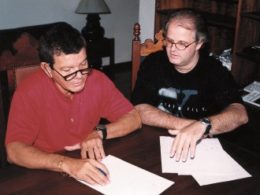 The name was chosen by Captain Uyrangê Hollanda. He explained his choice to researchers Ademar José Gevaerd and Cynthia Luce. Because he was not able to use the expressions, “flying saucer” or “flying disk,” he “chose a cousin of a saucer, a plate.” According to him, the expression in Portugal is “flying plate.” The popular expression in Brazil is “discos voadors.”
The name was chosen by Captain Uyrangê Hollanda. He explained his choice to researchers Ademar José Gevaerd and Cynthia Luce. Because he was not able to use the expressions, “flying saucer” or “flying disk,” he “chose a cousin of a saucer, a plate.” According to him, the expression in Portugal is “flying plate.” The popular expression in Brazil is “discos voadors.”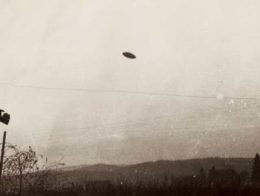 The UFO mystery is not a 20th century phenomenon, but it did in many ways come into prominence in the 20th century. Serious study of UFOs began around World War II and thrived in the following decades. During this golden age of UFO study radio was the dominant form of electronic media. Although film and television existed, radio was a much more important source of timely news and information. Also during this time UFO investigators would find audio recording devices much more portable, reliable and affordable than film equipment. All of this led to an incredible amount of information from the golden age of UFO study being stored in audio formats.
The UFO mystery is not a 20th century phenomenon, but it did in many ways come into prominence in the 20th century. Serious study of UFOs began around World War II and thrived in the following decades. During this golden age of UFO study radio was the dominant form of electronic media. Although film and television existed, radio was a much more important source of timely news and information. Also during this time UFO investigators would find audio recording devices much more portable, reliable and affordable than film equipment. All of this led to an incredible amount of information from the golden age of UFO study being stored in audio formats. The first case comes from a report in the
The first case comes from a report in the 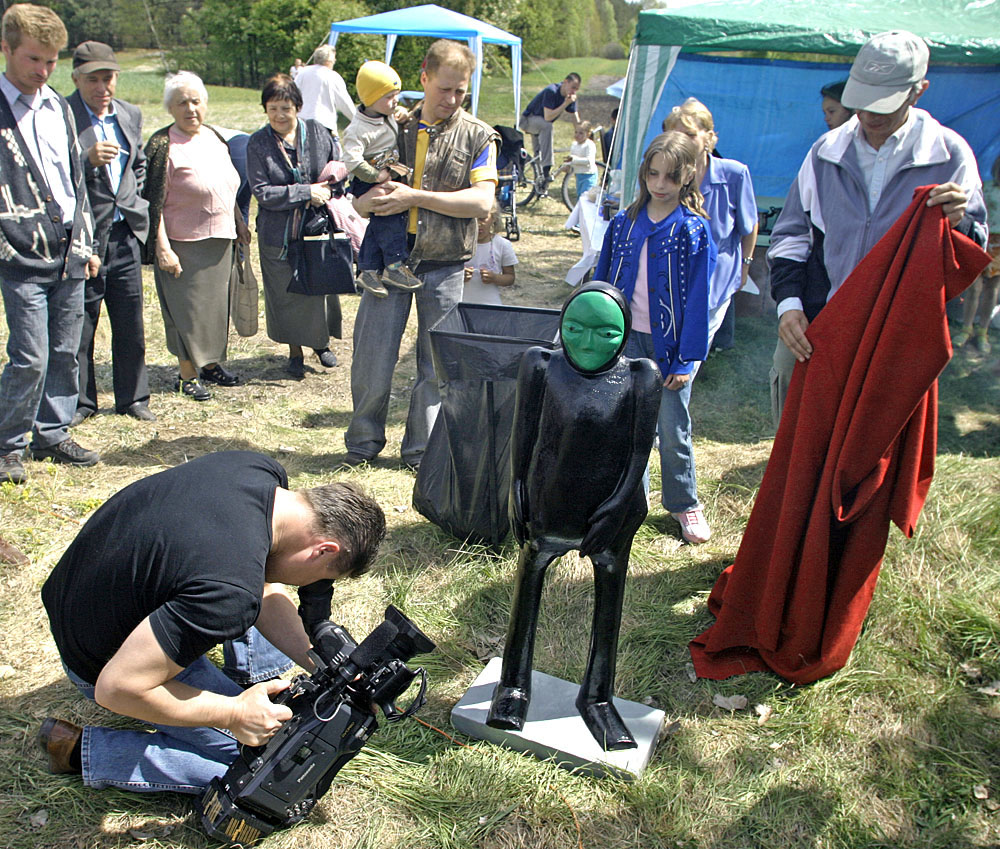
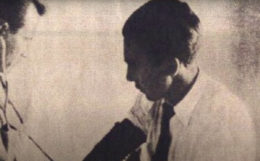 Starting in 1947, UFOs seemed to be engaging humanity in a step-by-step process. In the first few years, only the UFOs were reported. Then, there were accounts of occupants showing themselves during what has become known as the 1954 French Wave. An intimate encounter was described by Brazilian farmer,
Starting in 1947, UFOs seemed to be engaging humanity in a step-by-step process. In the first few years, only the UFOs were reported. Then, there were accounts of occupants showing themselves during what has become known as the 1954 French Wave. An intimate encounter was described by Brazilian farmer, 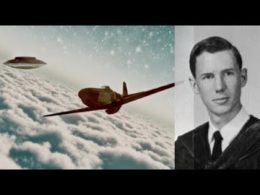 There is a classic Project Blue Book case known as,
There is a classic Project Blue Book case known as, 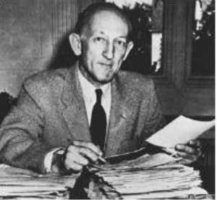 In 1961, Maj. Donald E. Keyhoe, USMC (Ret.) was the director of the National Investigations Committee on Aerial Phenomena. That year, he and his organization were making life difficult for the Air Force with criticism of their UFO investigation, Project Blue Book. This was nothing new, but now they were close to getting open hearings in Congress to address their criticisms.
In 1961, Maj. Donald E. Keyhoe, USMC (Ret.) was the director of the National Investigations Committee on Aerial Phenomena. That year, he and his organization were making life difficult for the Air Force with criticism of their UFO investigation, Project Blue Book. This was nothing new, but now they were close to getting open hearings in Congress to address their criticisms.